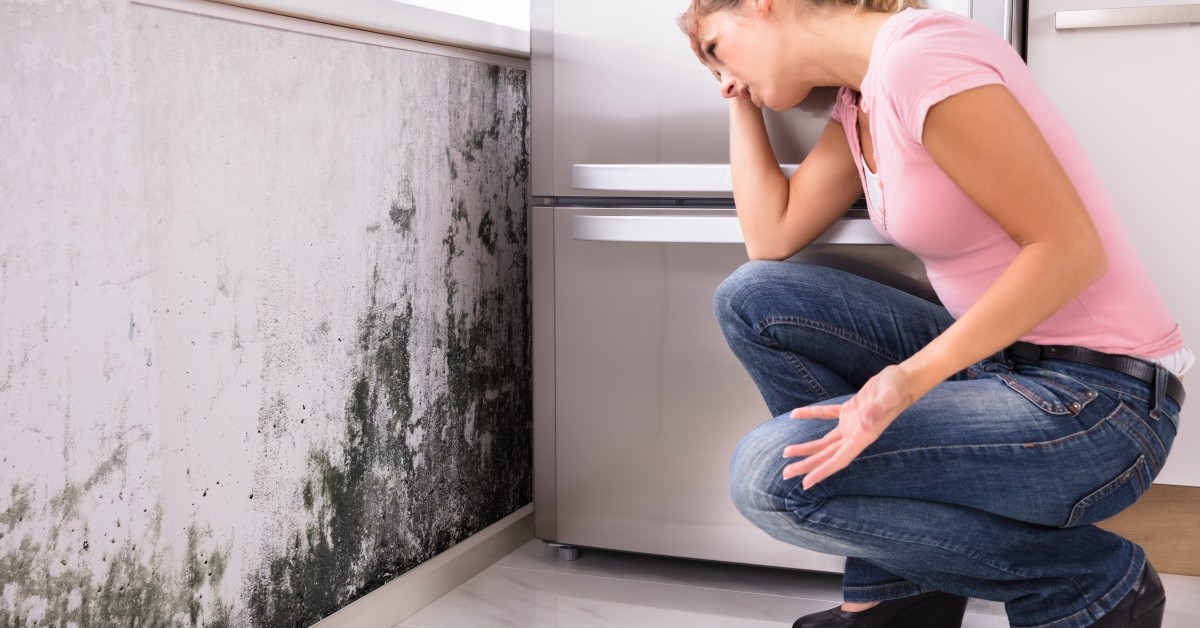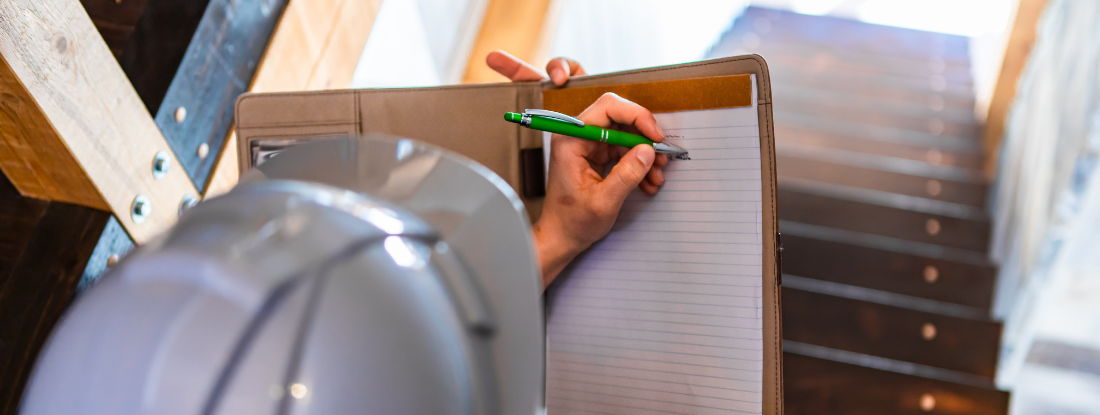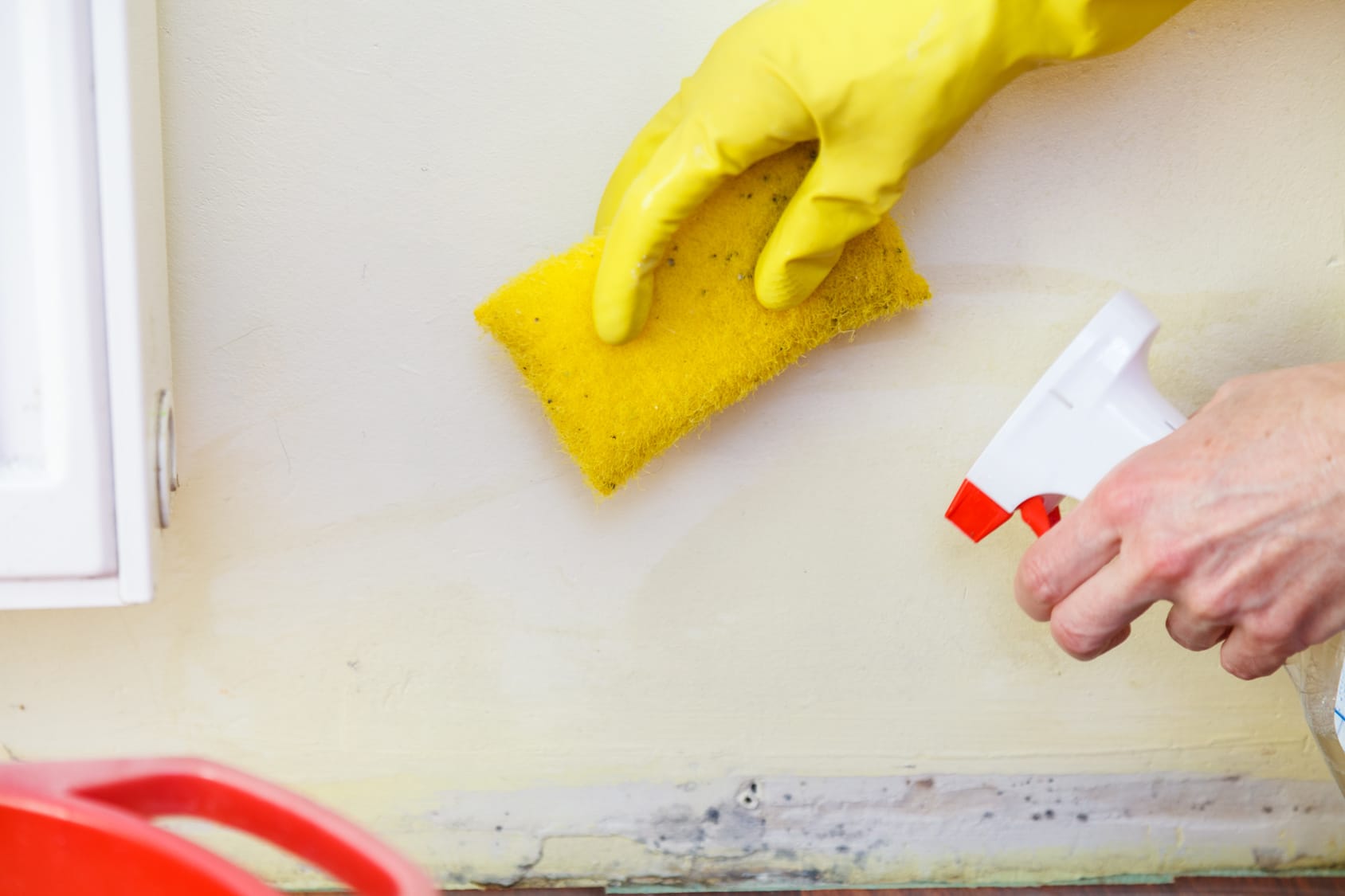Comprehensive Post Mold Remediation Procedures
Comprehensive Post Mold Remediation Procedures
Blog Article
Your Ultimate Guide to Post Mold Remediation Techniques
In the after-effects of mold and mildew problem, recognizing exactly how to efficiently get rid of the mold and mildew and avoid its reoccurrence is vital for maintaining a healthy interior environment. From selecting the ideal cleansing and decontaminating techniques to carrying out methods for lasting mold and mildew prevention, each step in the remediation journey plays an important duty in ensuring a successful result.
Understanding Post-Mold Removal Refine
After completing the mold and mildew removal procedure, it is crucial to comprehend the post-mold removal methods that are required to make sure a complete and effective cleanup. Once the mold and mildew has actually been eliminated, the next step involves cleansing and disinfecting the influenced locations to protect against any type of regrowth of mold. This consists of using specialized cleaning agents to clean down surface areas and kill any kind of remaining mold spores. It is necessary to dry the location totally to inhibit the development of mold and mildew in the future (testing air quality after mold remediation). Proper air flow and dehumidification can aid in this process.
In addition, conducting a last examination post-remediation is crucial to guarantee that all mold has been successfully removed. This assessment ought to entail a thorough aesthetic check along with perhaps air sampling to validate the lack of mold spores airborne. If the assessment reveals any remaining mold and mildew, added remediation might be essential. Informing passengers on precautionary measures such as controlling moisture degrees and without delay dealing with any kind of water leaks can aid maintain a mold-free setting.
Reliable Cleaning Up and Sanitizing Methods

Avoiding Future Mold Development

Value of Proper Air Flow
Appropriate ventilation plays a vital role in preventing wetness buildup, a crucial element in mold development within indoor atmospheres. Reliable air flow systems aid remove excess humidity from the air, minimizing the possibilities of mold and mildew spores finding the moisture they require to spread out and germinate. Without appropriate air flow, indoor rooms can become a breeding place for mold, bring about prospective health and wellness risks and architectural damages.
By making certain proper air circulation, ventilation systems can additionally assist in drying damp locations faster after water damage or flooding occurrences, further deterring mold development. Post Mold Remediation. Precede like bathrooms, attic rooms, cooking areas, and basements where moisture levels have a tendency to be greater, setting up and maintaining efficient air flow systems is essential in stopping mold problems

Monitoring and Maintenance Tips
Given the important duty that go correct ventilation plays in protecting against mold and mildew growth, it is imperative to establish efficient surveillance and upkeep suggestions to guarantee the continued performance of air flow systems. Regular evaluations of air flow systems should be performed to check for any signs of blockages, leaks, or malfunctions that could impede correct airflow. Surveillance humidity levels within the property is likewise essential, as high moisture can add to mold growth. Setting up a hygrometer can aid track moisture levels and alert homeowners to any spikes that may call for attention. In addition, making sure that air filters are routinely cleaned up or replaced is vital for keeping the effectiveness of the air flow system. Executing a schedule for routine upkeep tasks, such as air duct cleaning and a/c system inspections, can aid avoid concerns before they rise. By staying alert and proactive to the problem of air flow systems, homeowner can efficiently reduce the danger of mold regrowth and preserve a healthy and balanced interior setting.
Verdict
In final thought, post-mold removal strategies are essential for making certain a clean and safe environment. Understanding the process, executing effective cleaning and disinfecting approaches, stopping future mold and mildew use this link development, keeping appropriate ventilation, and normal tracking are all essential actions in the remediation process. By complying with these guidelines, you can effectively eliminate mold and avoid its return, working or advertising a healthy and balanced living space for all occupants.
In the aftermath of mold and mildew invasion, understanding exactly how to properly eradicate the mold and mildew and avoid its reoccurrence is paramount for keeping a healthy and balanced indoor environment. As soon as the mold and mildew has been gotten rid of, the following step includes cleaning and disinfecting the impacted areas to prevent any type of regrowth of mold - After mold remediation. After removing noticeable mold growth, it is crucial to clean all surface areas in the damaged location to get rid of any remaining mold and mildew spores. To better improve mold prevention steps, it is vital to attend to underlying problems that at first led to mold advancement.Given the critical duty that proper ventilation plays in avoiding mold and web link mildew growth, it is imperative to establish reliable monitoring and upkeep pointers to guarantee the ongoing capability of ventilation systems
Report this page